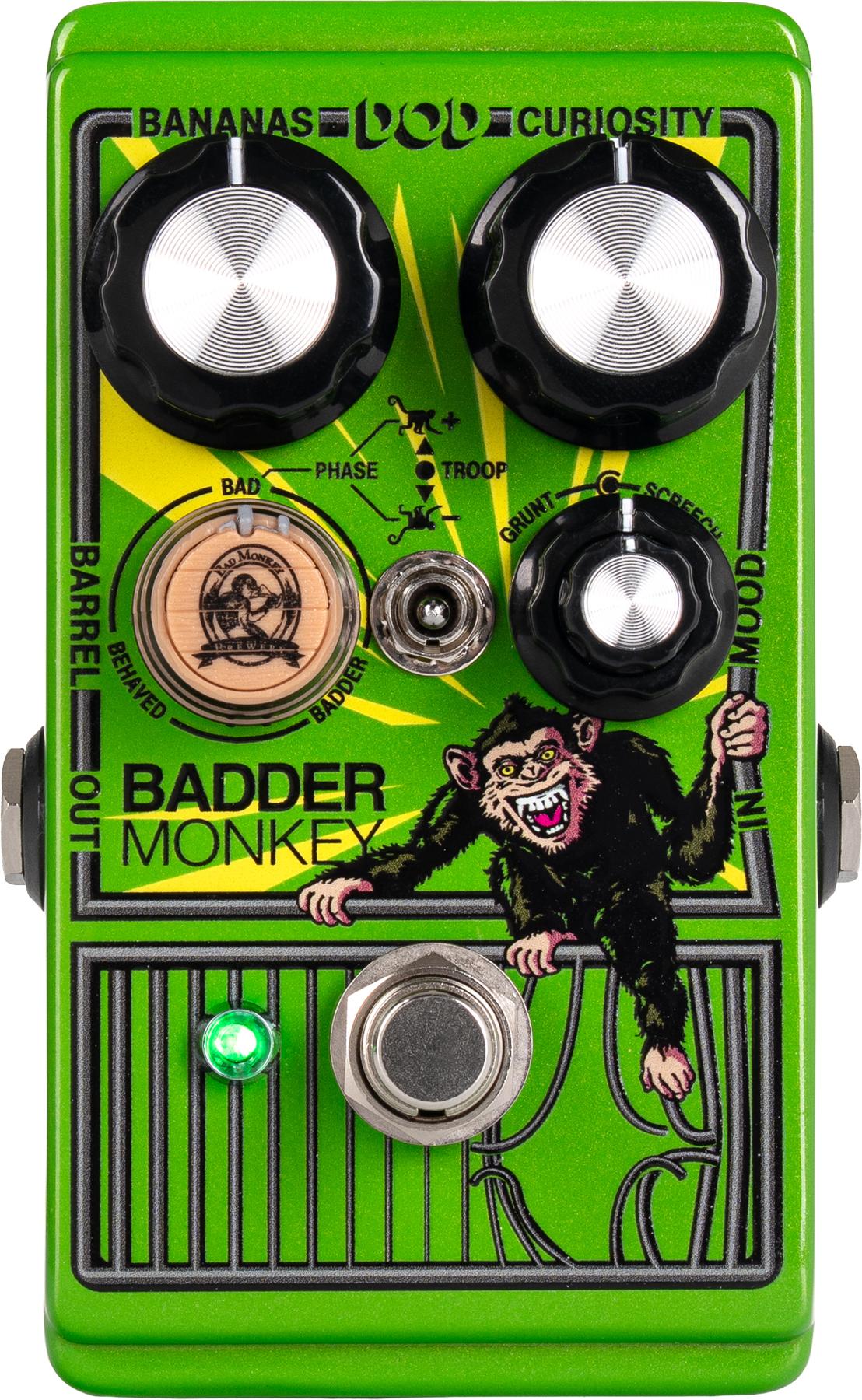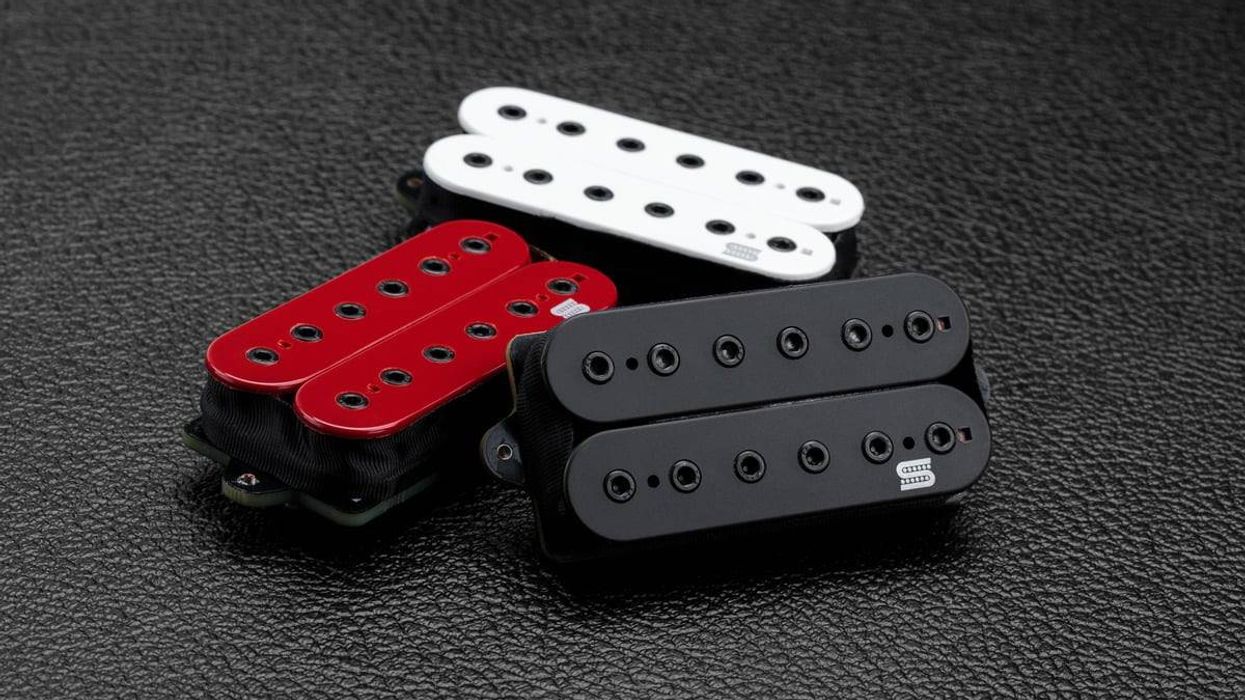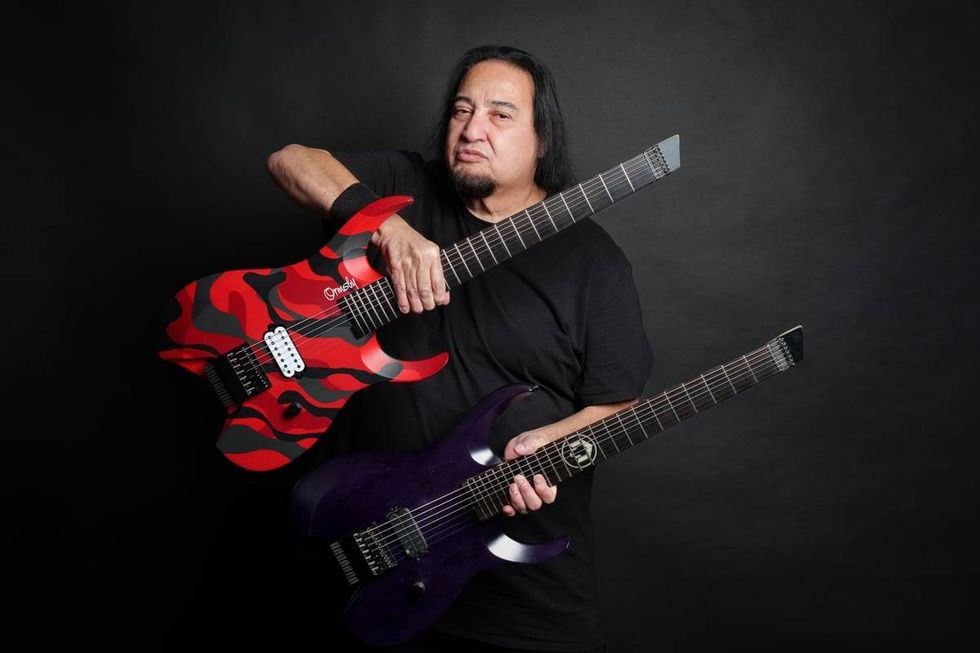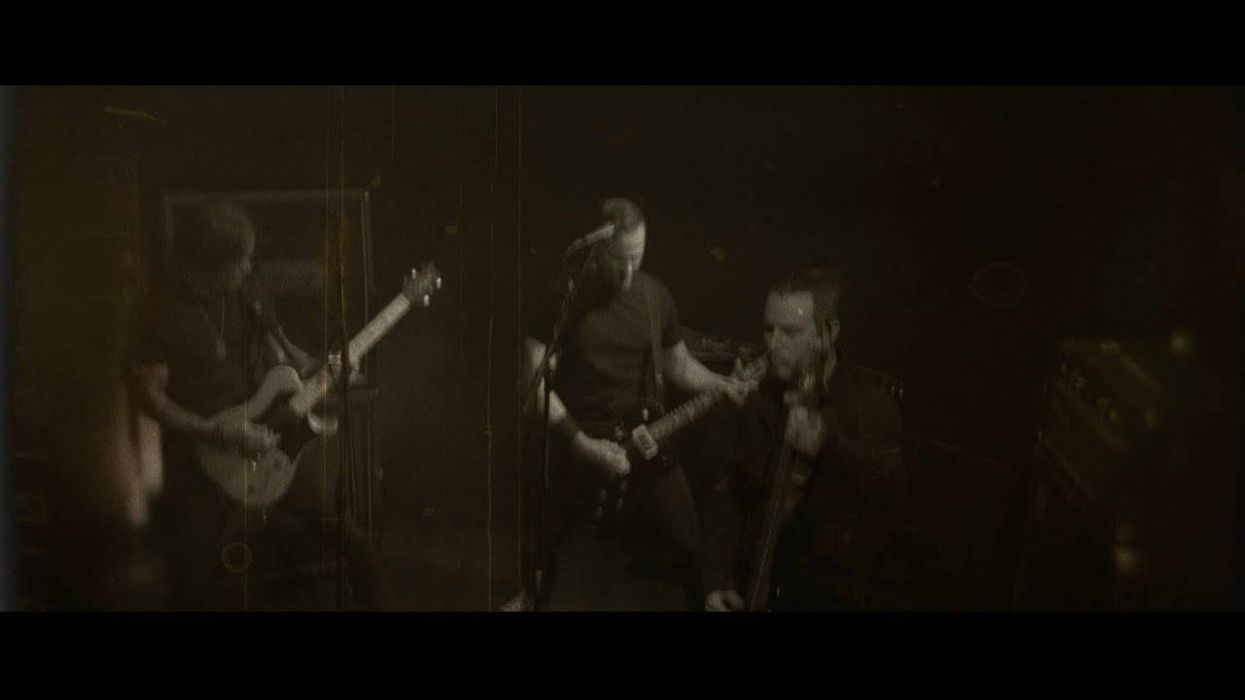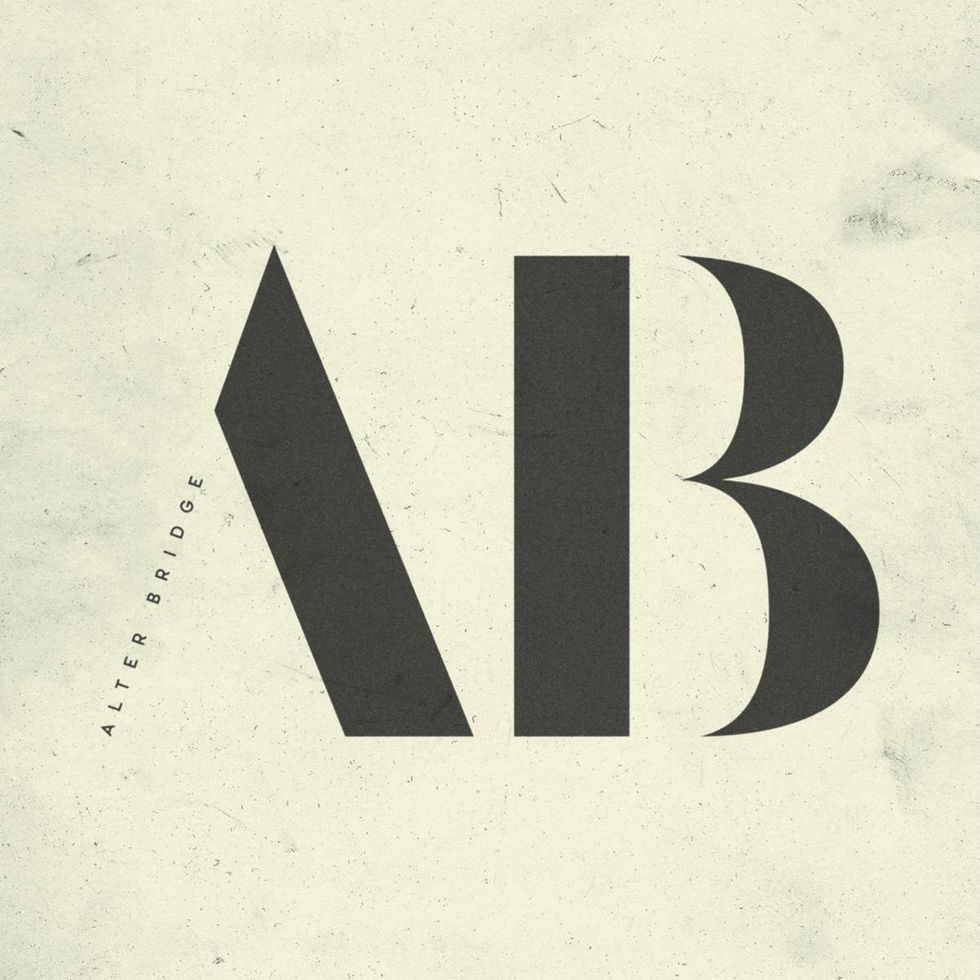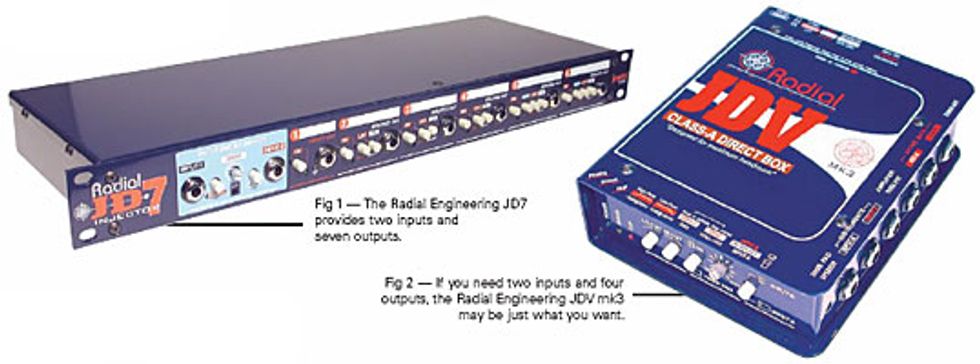
Every guitar player is on a quest to find his or her perfect tone. Many of us long to get the guitar sounds we hear on albums and projects we idolize. Often what happens is you buy the same amp your favorite artist used, only to find it’s not quite what you heard on the recording. You then seek out mic’ing techniques, mics and preamps, all kinds of advice from every website imaginable, and it all leads to a dead end.
The problem could be that one amp may not be able to give you everything you want. In fact, many artists use several different amps simultaneously when recording and performing. Here’s how it works – each amp has certain strengths and by combining different amps, you can blend those strengths together. It’s like a good sports team; you utilize the strengths of each player. Stevie Ray Vaughan is a great example. He often combined different amps to produce his trademark tone, both on stage and in the studio.
When combining amps, you can use less gain, and still get the sustain you’re looking for. Imagine cleaning up and articulating every detail of your playing, getting all the sustain you need, and adding more punch so you can be heard through the mix. This is what it’s all about.
The truth is, you can never have too many amps. Ask my wife – our house used to have a room filled with close to 35 guitar amps. But if you don’t have two or three guitar amps sitting around waiting to be plugged in simultaneously, you’re not alone. Many people have multiple guitars, but far fewer have multiple amps. If you only have one amp, you may need to call your friends together for an amp summit meeting!
Once you’ve gathered a few different amps, you need to hook them up so you can play through them simultaneously. A “Y” cable will do the job, but there are better solutions. (There are many to choose from, but I’ve tested the following, and they work for me.) For large rigs, check out the Radial Engineering JD7 (see fig 1). This rackmount box has two guitar inputs and seven outputs; one direct out and six Jensen transformer-equipped isolated outs. This means no ground loops between amps and no humming/buzzing – just killer tone. The smaller Radial Engineering JDV mk3 (see fig 2) supports two guitar ins and four outs, including a tuner out, for smaller setups. You could start with the Radial Engineering Big Shot ABY for a twoamp setup.
A great starting place is a Marshall, a Fender, and a third amp from another manufacturer. Set up the Marshall amp in the middle with no reverb, add the Fender with some reverb to the left (you might set it with slightly more ‘verb than normal as it’s offsetting the dry Marshall), and the third amp on the right with a medium amount of reverb. Match the volumes among the amps, and begin experimenting. As you play, change the volume levels and tone settings on each amp to find a “composite” sound you like. You may find one amp is great for shimmery highs, while another provides low-end thump. Or they may all combine into a huge punchy tone. You’ll probably find yourself getting lost in non-stop playing – there are nearly infinite options for dialing in the amps’ volume and tone settings!
Good luck in your quest for tone, and remember, when your spouse says, “You can’t play more than one guitar at a time,” you can reply with, “Yes dear, but I can use more than one amp at a time!”
Brian Cravens
Brian Cravens has owned, or is in the process of arranging a second mortgage to own, virtually one of every Fender amp made in the 1960s. Many ‘60s and ‘70s Marshalls have also found a home under his roof. He helps people in the quest for perfect tone at his Sales Engineer position at Sweetwater. You can reach him at 1-800-222-4700 ext. 1278 or at brian_cravens@sweetwater.com.





![Rig Rundown: Russian Circles’ Mike Sullivan [2025]](https://www.premierguitar.com/media-library/youtube.jpg?id=62303631&width=1245&height=700&quality=70&coordinates=0%2C0%2C0%2C0)

